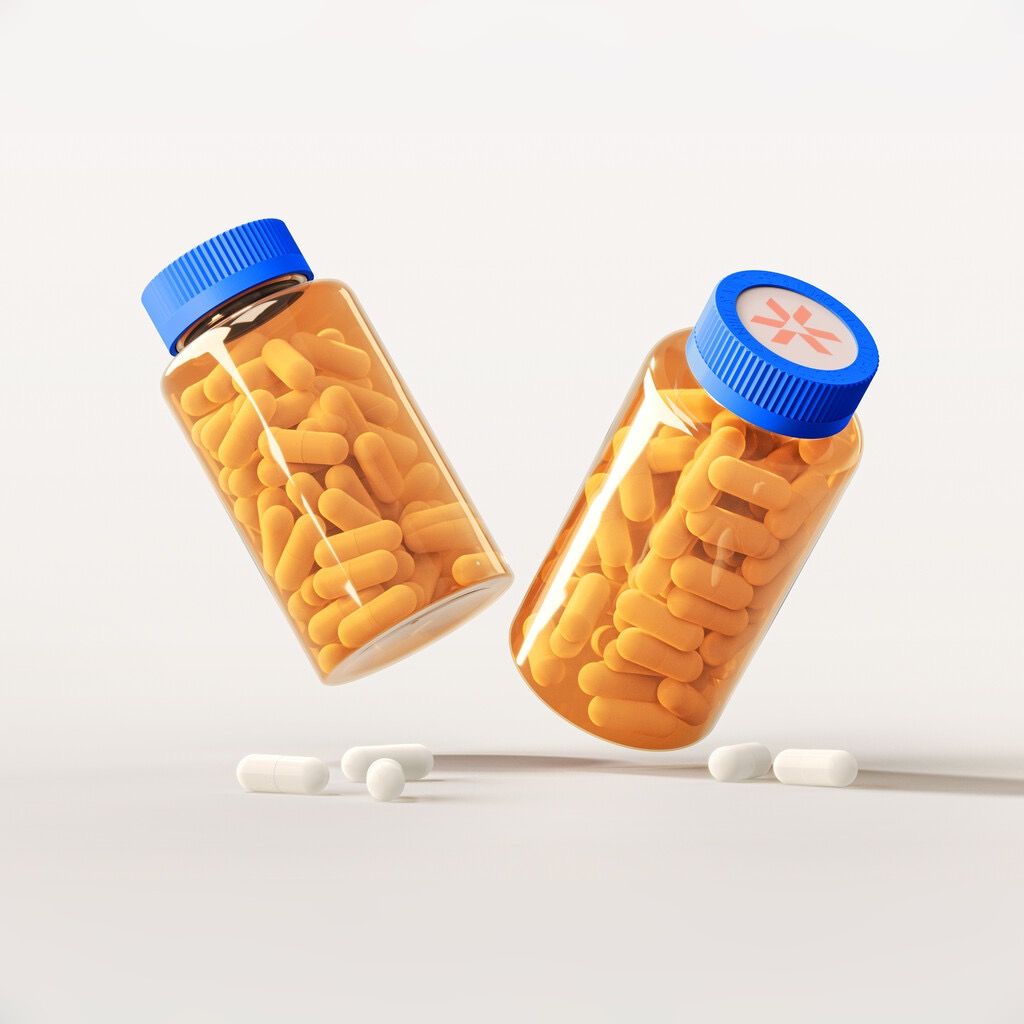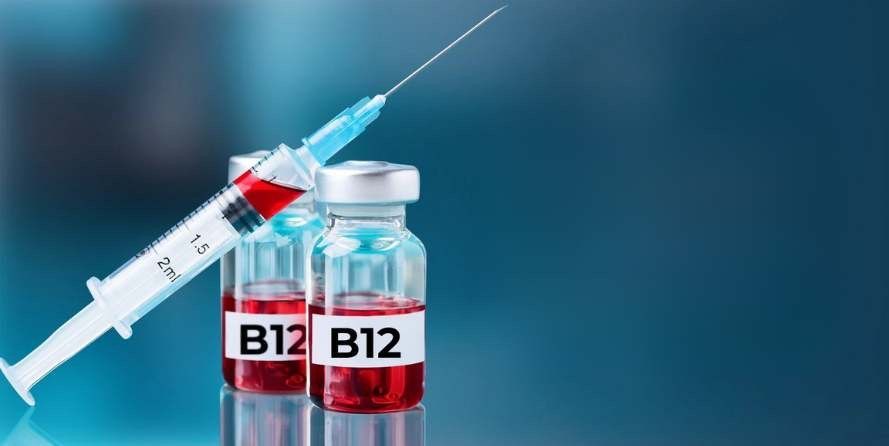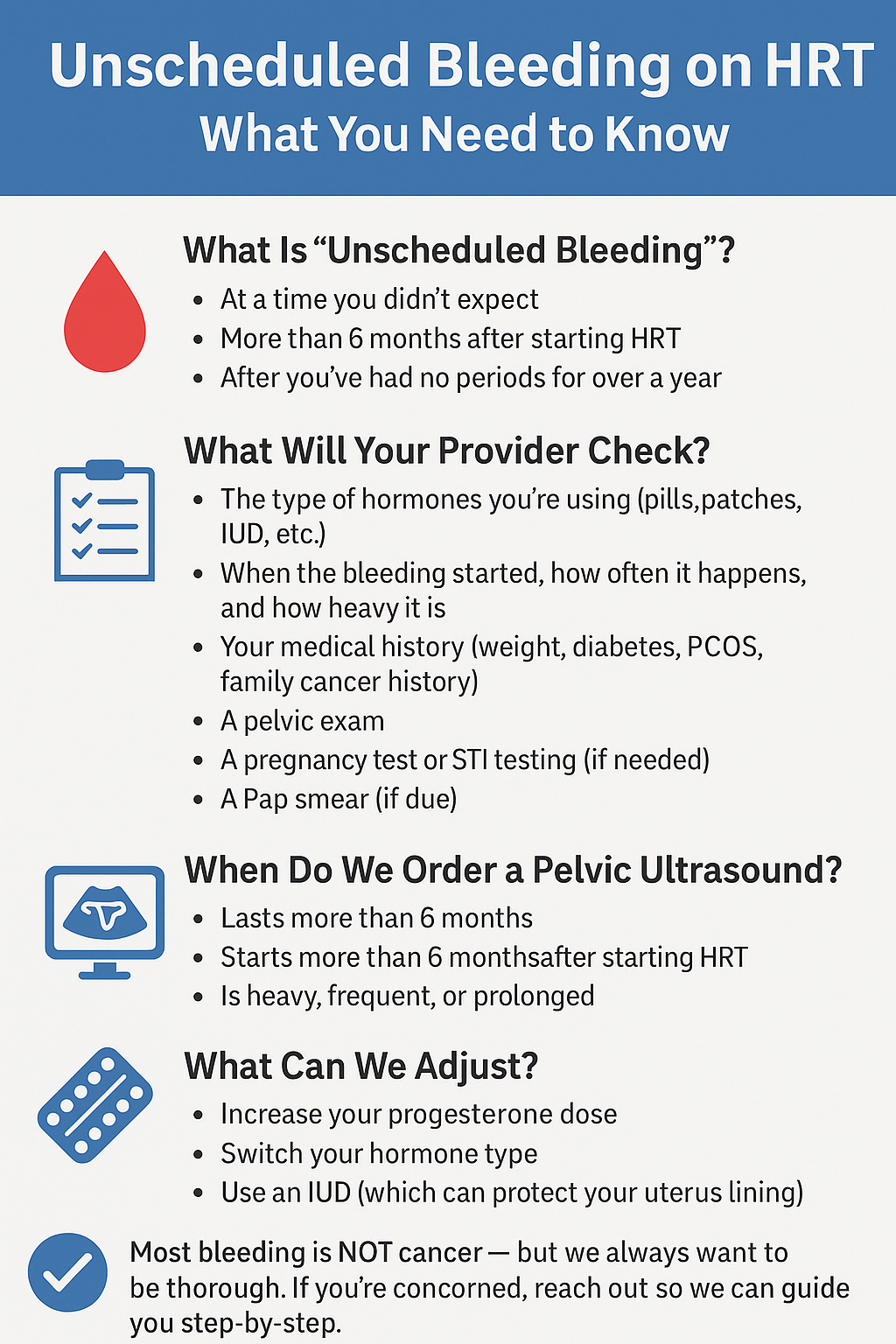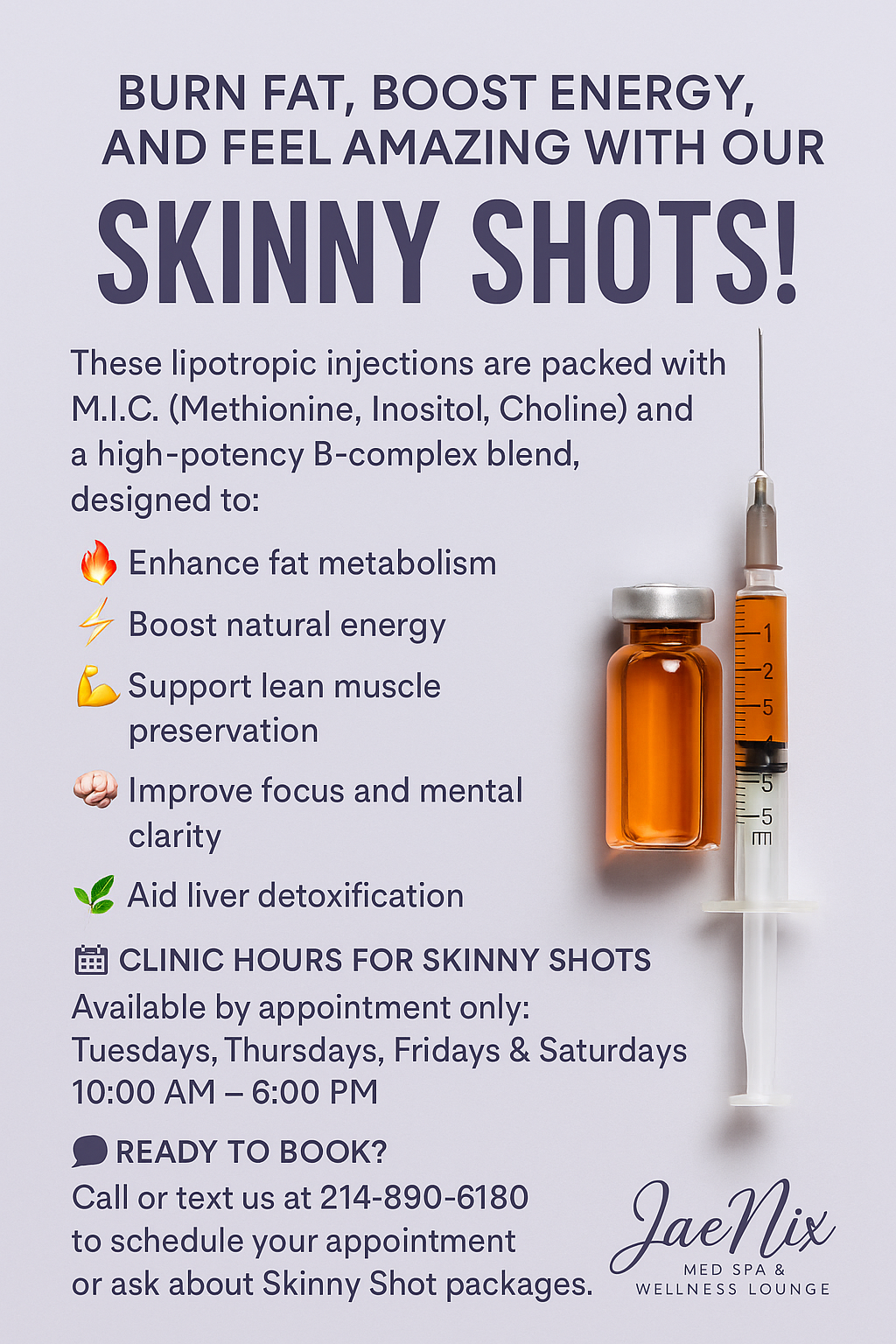🧬 What About MTHFR Mutations and Clinical Evidence?
The Best Type of B12 for MTHFR Mutations: What You Need to Know
If you’ve been told you have an MTHFR mutation, or you suspect you do based on symptoms like fatigue, brain fog, mood swings, or elevated homocysteine, it’s important to know that not all B12 is created equal.
The form of B12 you take can have a direct impact on your ability to methylate properly—something that affects everything from detox and hormone balance to energy production and neurotransmitter function.
Let’s explore the science behind MTHFR and B12, and what you really need to support your body.
🧬 What Is MTHFR?
MTHFR stands for methylenetetrahydrofolate reductase, an enzyme that plays a vital role in a process called methylation. Methylation is a biochemical pathway your body uses to:
- Regulate hormones and mood
- Detoxify estrogen and toxins
- Convert homocysteine into methionine
- Support DNA repair and neurotransmitter balance
Some people carry genetic mutations (like the common C677T or A1298C variants) that reduce MTHFR enzyme efficiency. This can slow or impair the methylation cycle—causing symptoms and increasing long-term health risks if left unaddressed.
💉 Why B12 Matters for MTHFR
Vitamin B12 is a key cofactor in methylation. However, if you have an MTHFR mutation, your body may not effectively convert common forms of B12 (like cyanocobalamin) into the active forms needed for cellular function.
That’s why choosing the right type of B12 is essential—especially if you’re looking to improve energy, reduce brain fog, and lower homocysteine levels.
✅ Best B12 Form: Methylcobalamin
Methylcobalamin is the active, methylated form of B12—and it’s usually the first choice for patients with MTHFR mutations.
It’s already in a bioavailable form, meaning it doesn’t require further conversion by the MTHFR enzyme. It supports:
- Proper methylation
- Homocysteine metabolism
- Energy and mood regulation
- Neurological function
Research shows that combining methylcobalamin, methylfolate (active folate), and pyridoxal-5’-phosphate (active B6) is highly effective at lowering homocysteine and supporting methylation in people with MTHFR, MTR, and MTRR gene variants.
⚖️ What If You’re Sensitive to Methyl Groups?
Some people experience symptoms like anxiety, agitation, or insomnia when taking methylated B12. This may be due to overstimulation from methyl donors—especially in individuals with COMT gene variants or low magnesium.
In these cases, a gentler form called hydroxocobalamin may be a better fit. Hydroxocobalamin converts more slowly into active forms in the body, providing a sustained effect without overstimulation.
It’s especially helpful for patients who are new to methylation support or who have had poor reactions to methyl B12 in the past.
🔋 Adenosylcobalamin: The Mitochondrial B12
While not directly involved in methylation, adenosylcobalamin supports mitochondrial function and energy metabolism. It plays a key role in the conversion of food into usable energy at the cellular level.
This form of B12 may be beneficial as part of a comprehensive B12 protocol, especially for individuals with:
- Chronic fatigue
- Brain fog
- Mitochondrial dysfunction
We often combine adenosylcobalamin with methylcobalamin or hydroxocobalamin for patients who need both methylation and energy support.
💊 Typical B12 Dosing
B12 dosing should be tailored to the patient, but in general:
- Methylcobalamin: 1 mg/week IM or 1–1.5 mg/day orally
- Hydroxocobalamin: Used in sensitive patients or by injection
- Adenosylcobalamin: Often added to oral or injectable B12 blends
Most protocols also include methylfolate and P5P (active B6) for full methylation support. Homocysteine levels, genetics, and symptoms help guide the specific dosing strategy.
🧪 Should You Get Tested?
Yes—if you suspect you have an MTHFR mutation or struggle with symptoms like fatigue, anxiety, PMS, or poor detox, functional lab testing can give you answers.
We offer:
- Homocysteine testing
- Methylation panels
- Genetic analysis (MTHFR, MTR, MTRR, COMT)
- Personalized supplement protocols
✨ Final Thoughts
If you have an MTHFR mutation, the form of B12 you take truly matters. The wrong form may go unused—or worse, make you feel worse. The right form can help your body function more efficiently, clear toxins better, and support everything from energy to hormone balance.
At Optimize by JaeNix, we specialize in helping you optimize your biology with precision medicine and personalized nutrients.
📞 Call us: 214-890-6180
📍 Visit us in Plano, TX — or book a telehealth visit in Texas, Colorado, or Iowa.
📧 Email: contact@jaenixmedspa.com
🌐 Learn more: www.jaenixmedspa.com









